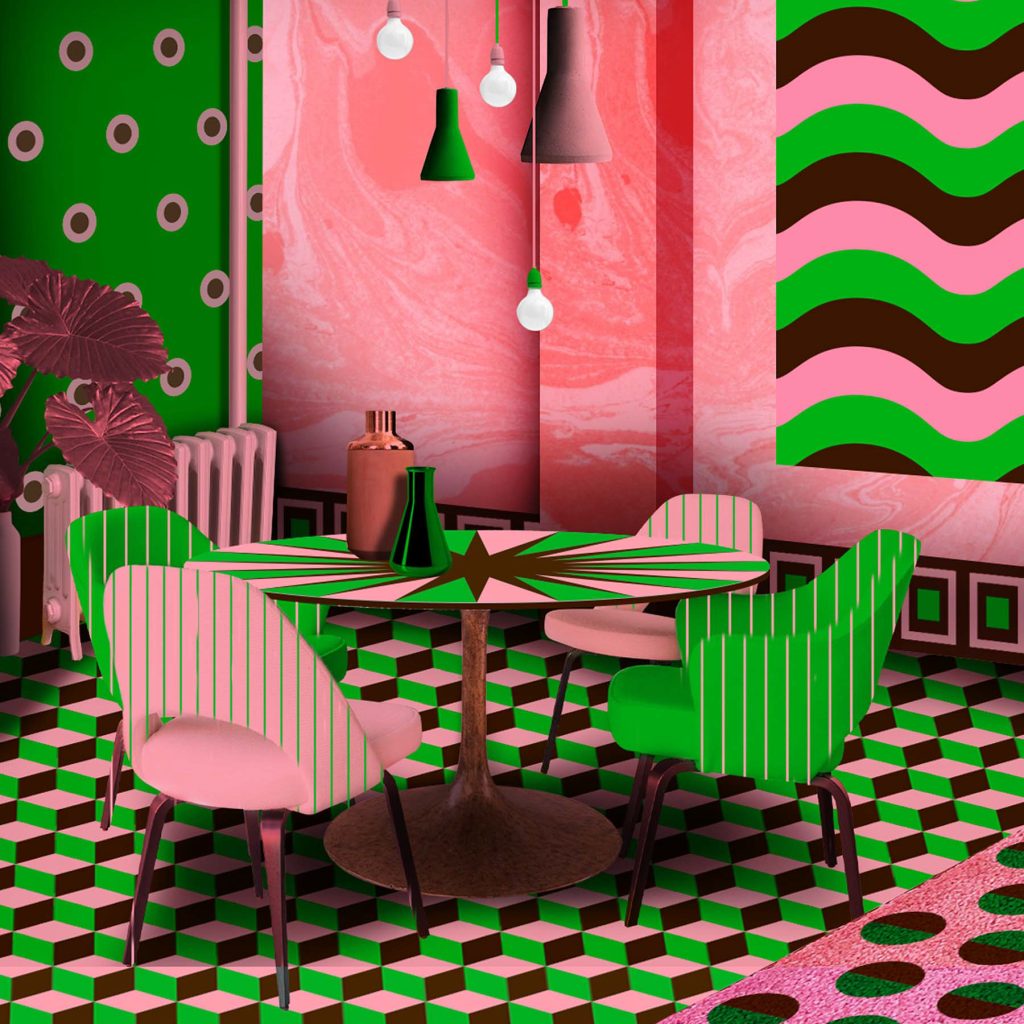The Origins of Swedish Minimalism
Swedish minimalism is a design movement characterized by its simplicity, functionality, and understated elegance. The philosophy of Swedish minimalism is rooted in the Scandinavian principles of simplicity and minimalism, which are seen as a reflection of the harsh climate and environment of the region. The movement emerged in the 1930s and 1940s, and it has since evolved to become a widely admired design style.
The Philosophy of Swedish Minimalism
At the core of Swedish minimalism is the idea that simplicity is essential to elegant design. The style emphasizes the use of clean lines, light colors, and minimal ornamentation. It is a philosophy that values functionality over form and sees beauty in the natural materials and textures used in design.
Clean Lines and Simple Shapes
Swedish minimalist design is characterized by clean lines and simple shapes. The focus is on creating a pared-back aesthetic that is both elegant and functional. Simple geometric shapes, such as circles, squares, and rectangles, are often used in furniture and architectural design, creating a sense of harmony and balance. The use of contrasting textures is also common, with smooth surfaces juxtaposed against rough or textural finishes.
Neutral Colors and Natural Materials
Swedish minimalism is known for its use of light, neutral colors, such as white, beige, and light gray. These colors are used to create a sense of calm and serenity, and they allow the natural materials used in design to take center stage. Swedish minimalist design often features natural materials such as wood, leather, and linen, which are left untreated to showcase their inherent beauty.
Functionality Over Form
In Swedish minimalist design, functionality is paramount. Furniture and other design elements are designed to be both beautiful and practical, with a focus on usability and simplicity. This approach emphasizes the idea that form should follow function, and that design should serve a purpose beyond aesthetics.
Embracing Swedish Minimalism in Your Home
If you are looking to incorporate Swedish minimalist design into your home, there are several key principles you should keep in mind. First and foremost, focus on simplicity and functionality. Choose furniture and decor that is both beautiful and practical, and avoid excessive ornamentation or clutter. Opt for light colors and natural materials, and invest in quality pieces that will stand the test of time.
Creating a Calm and Serene Environment
In Swedish minimalist design, the goal is to create a calm and serene environment that promotes relaxation and well-being. To achieve this, it is essential to pay attention to lighting, sound, and texture. Use soft lighting to create a warm and inviting atmosphere, and incorporate natural materials such as wool, linen, and wood to add texture and visual interest.
Adopting a Less-is-More Attitude
As with all minimalist design styles, Swedish minimalism is about embracing a less-is-more attitude. This means choosing quality over quantity, and focusing on the essentials rather than the extraneous. When designing your living space, strive for simplicity and functionality, and avoid the temptation to clutter your home with unnecessary objects.


